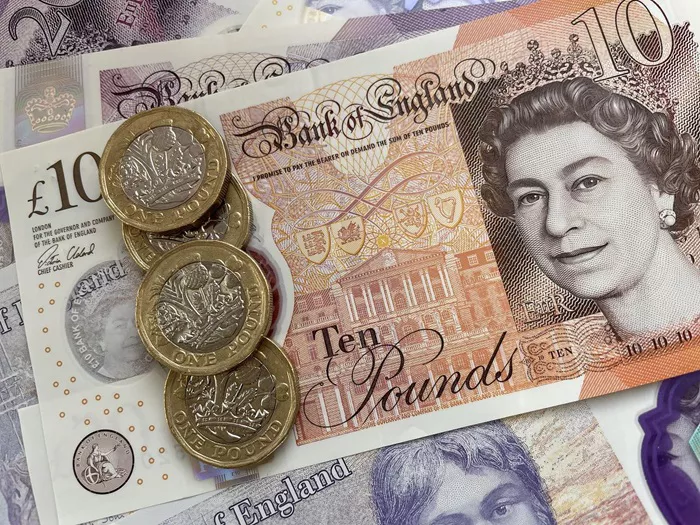The GBP/USD currency pair dropped to around 1.3550 during European trading on Thursday. This decline followed the release of disappointing UK economic figures. The UK’s Gross Domestic Product (GDP) shrank by 0.3% in April, worse than the expected 0.1% decline. Industrial production also fell short of forecasts, applying pressure on the Pound Sterling. Market attention now turns to the upcoming US Producer Price Index (PPI) inflation report.
Technical indicators show growing bearish momentum for GBP/USD. The Relative Strength Index (RSI) on the 4-hour chart fell below 40. The currency pair closed below its 20-period and 50-period Simple Moving Averages (SMA), signaling downward pressure. The key support level to watch is at 1.3500, near the 100-period SMA. If this level fails to hold, further declines toward 1.3400 and 1.3360 are possible. On the upside, resistance is expected around 1.3540-1.3550 and 1.3600.
The UK’s economic slowdown has raised expectations that the Bank of England (BoE) may cut interest rates multiple times this year. A recent Reuters poll found that 59 economists predict two 25 basis-point cuts in the third and fourth quarters, lowering the bank rate from 4.25% to 3.75%. Earlier data showed a rise in the UK unemployment rate and weaker wage growth, reinforcing these expectations.
Later on Thursday, the US Bureau of Labor Statistics will release May’s Consumer Price Index (CPI) data. Investors expect the core CPI, which excludes food and energy, to rise by 0.3% month-over-month. A stronger-than-expected CPI could reduce hopes for Federal Reserve rate cuts, potentially pushing GBP/USD lower. Conversely, a weaker CPI might weaken the US dollar and help GBP/USD recover some losses.
Currently, the CME FedWatch Tool shows about a 40% chance that the Fed will cut rates once or not at all in 2025, reflecting uncertainty in US monetary policy.
YOU MAY ALSO LIKE:


